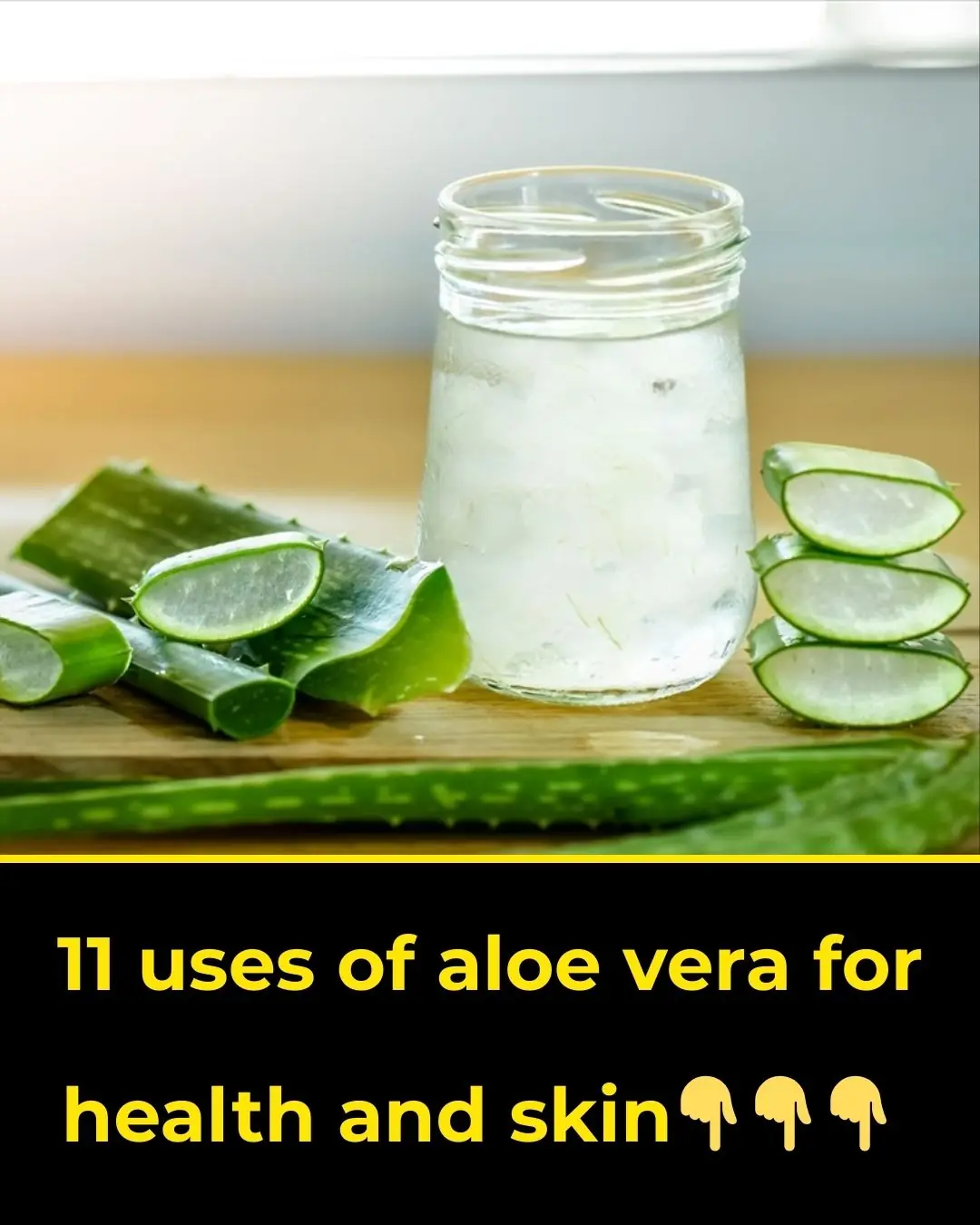
Golden tips for choosing ham: Identify borax with a simple, absolutely safe method

According to Associate Professor Dr. Nguyen Duy Thinh, former lecturer at Hanoi University of Science and Technology, borax was once commonly used in the food industry thanks to its ability to preserve food, helping it stay fresh longer, preventing spoilage and making food tough and crispy. In the past, many people often added borax to rice cakes to increase hardness, or used it in rice rolls and vermicelli to improve texture and flavor.
However, according to scientific research, borax is a toxic chemical that can have negative effects on health if consumed for a long time, especially at risk of memory loss and affecting the nervous system. Realizing this, Vietnam has issued a ban on the use of borax in food processing in all forms. However, in reality, some food production facilities still secretly use borax to increase the crispiness and toughness of ham, sausage and many other foods.

In fact, some food production facilities still secretly use borax to increase the crispiness and toughness of ham, sausage and many other foods.
How to identify ham and sausage containing borax
Based on taste
Clean ham has a natural aroma, a sweet taste and leaves a light aftertaste after eating. When chewed, the ham has a soft texture, not dry or crumbly.
If the ham has an overly strong aroma or an unusually chewy taste, it may have been treated with borax or other additives.
Sensory testing
When pressing on the ham, if it feels too hard, has no elasticity or is difficult to sink, it may contain borax.
View of the inside after slicing
Clean ham often has small holes created by the steaming process, while ham with borax is often unusually smooth, without air holes.
If you gently pull the two ends of the ham and it feels too tough and difficult to tear, the ham may have been mixed with borax.
If you gently pull the two ends of the ham slice and it feels too tough and difficult to tear, the ham may have been mixed with borax.
Use a knife to cut
Ham without borax will be slightly sticky when cut, the knife will be slightly stuck to the surface of the ham.
Borax-coated ham is easier to cut, the knife glides quickly and smoothly due to the unusually smooth surface.
Test with turmeric paper
Use turmeric paper (paper soaked in fresh turmeric juice and then dried) to gently press on the surface of the ham. If after about a minute, the paper changes from yellow to orange-red, it proves that the ham contains borax. Note that this method is only qualitative and cannot determine the specific amount of borax.
Choose safe food
To avoid buying ham containing borax, consumers should choose products from reputable establishments that have been clearly inspected for food safety. Clean ham production establishments often publicly commit to not using borax and harmful additives, ensuring the health of consumers.
News in the same category


Smart Travelers Always Photograph Their Luggage Before Checking It In — Here’s Why

How to wash your hair with perilla leaf water to prevent hair loss and stimulate the growth of new hair.
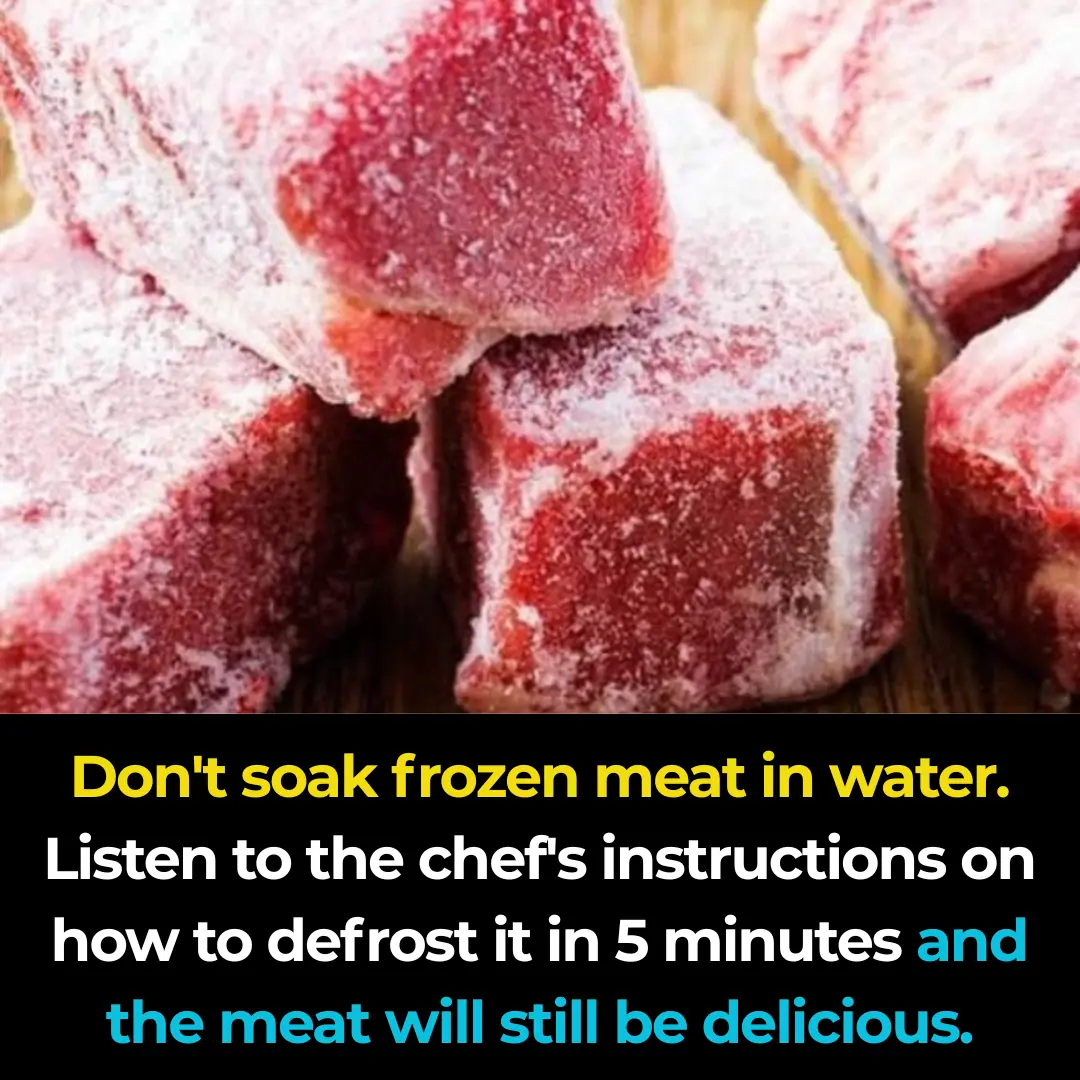
Don’t soak frozen meat in cold water. Follow the chef’s method to defrost it in 5 minutes, and the meat will still taste great.
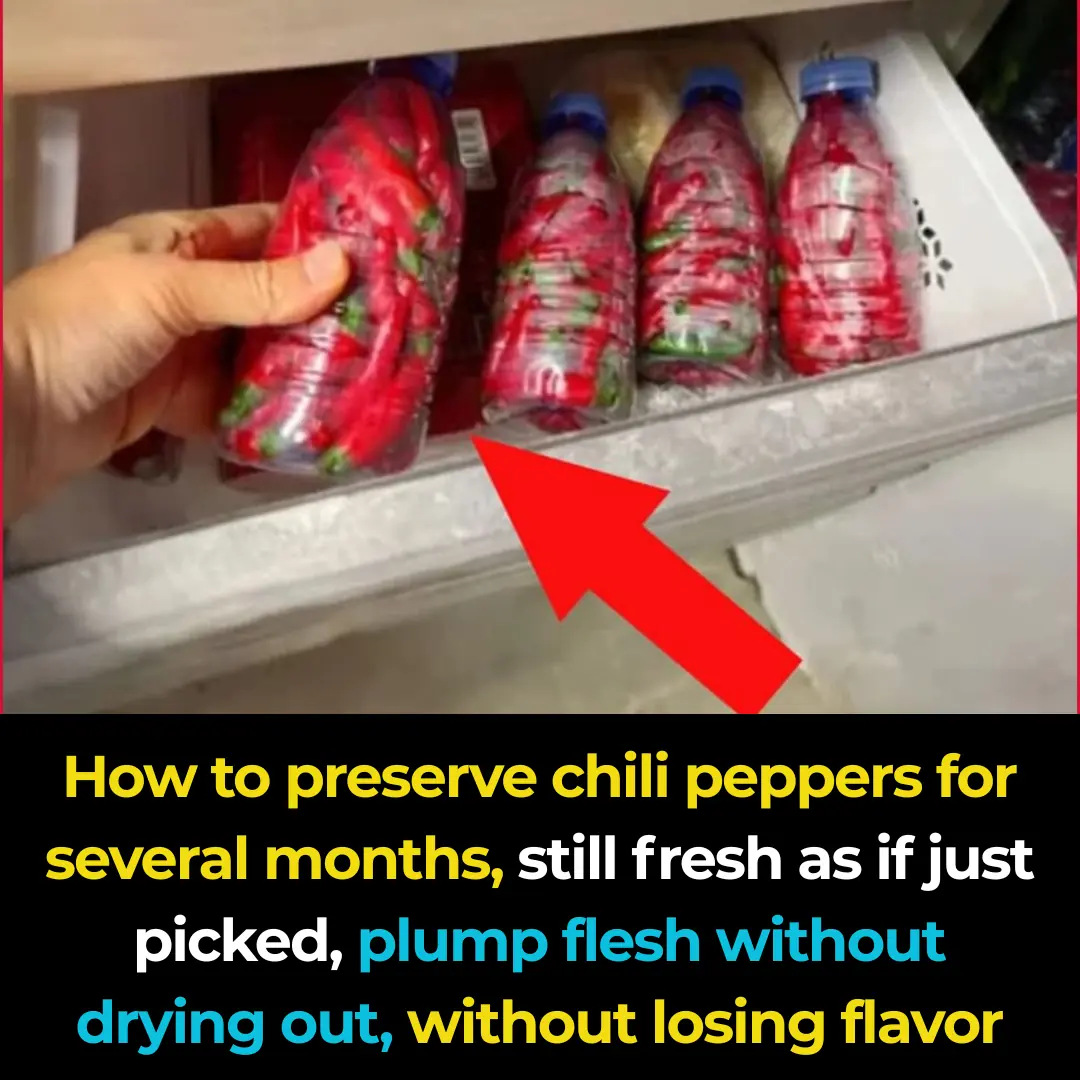
How to store chili peppers for months, keeping them as fresh as if they were just picked, with firm, plump flesh that doesn't dry out or lose flavor.

How to Save Electricity: Immediately Put a Roll of Toilet Paper into Your Refrigerator – An Amazing Trick That Also Saves You Money
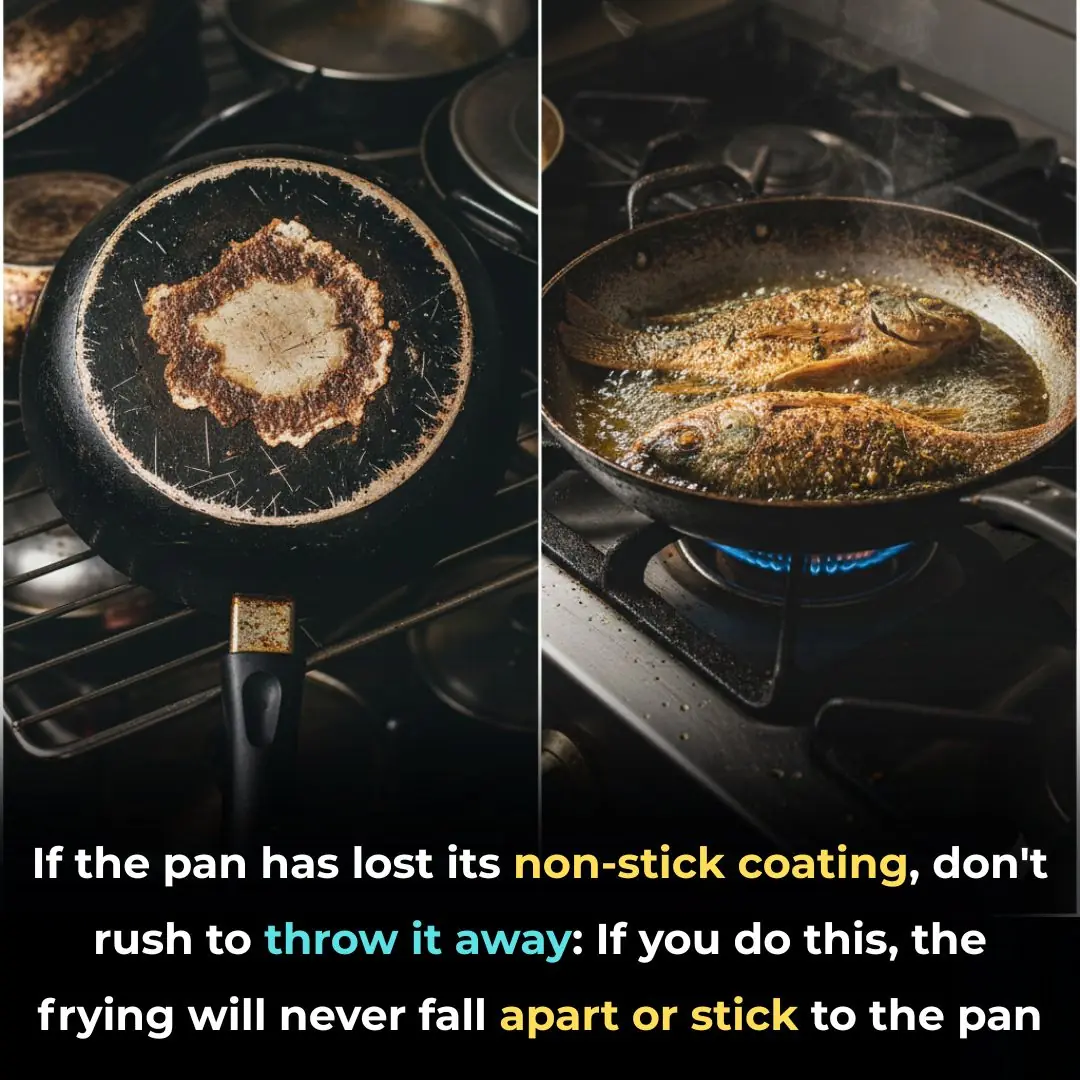
When Your Non-Stick Pan Loses Its Coating, Don’t Throw It Away: Try This Method to Fry Without Food Sticking or Breaking

Simple and Effective Tips to Repel Rats Using Leftover Rice — Anyone Can Do It at Home

Treat premature gray hair with this cheap black hair dye recipe using star fruit and potatoes!
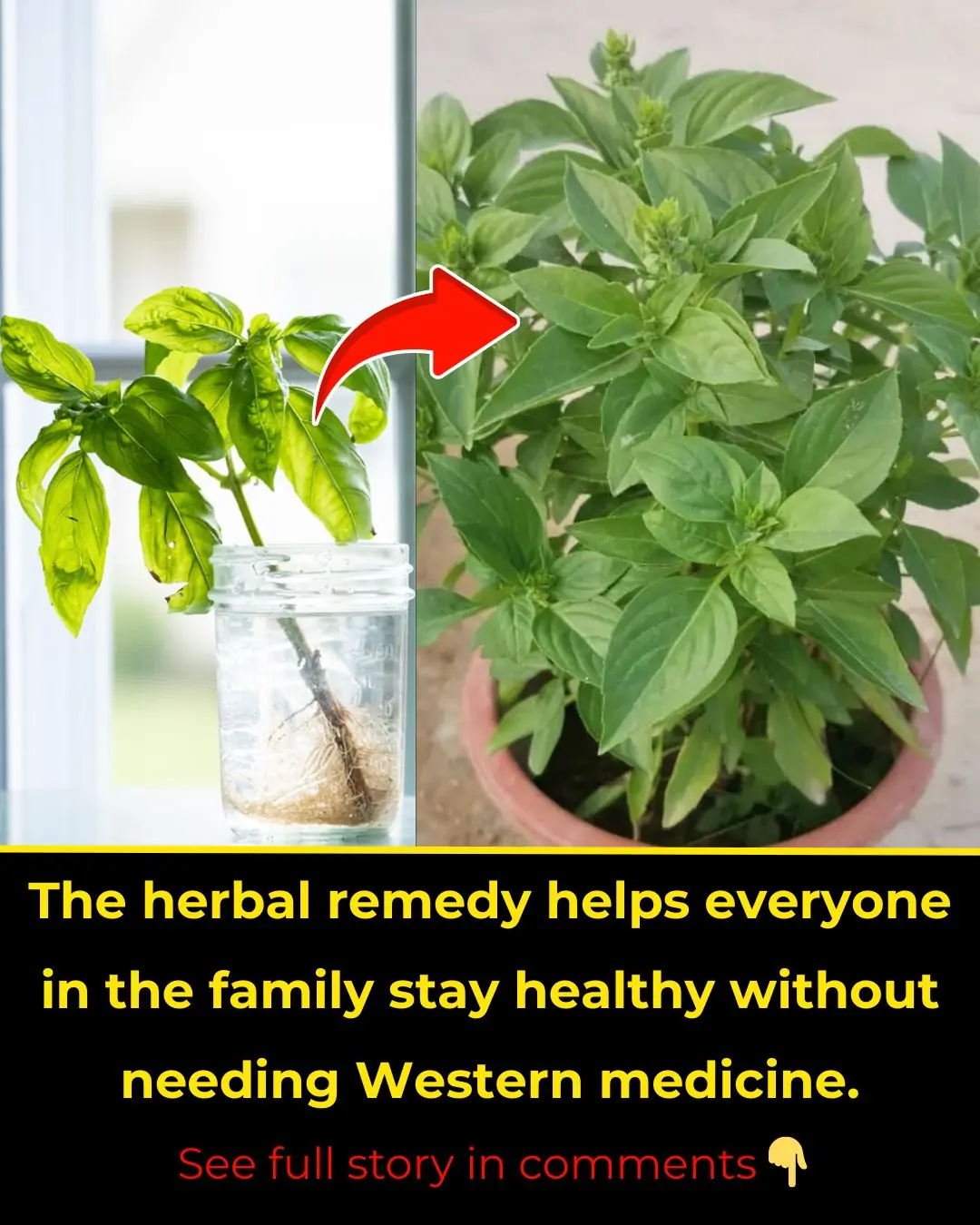
Herbs help prevent cancer, have 1 plant and the whole family will be healthy

Honest advice: Throw away these 4 toxic plastic items immediately before cancer "knocks on your door"

6-year-old son just woke up having a stroke, the doctor emphasizes 4 signs parents need to understand to save their child

Mix white salt with shampoo: Great benefits for hair that both men and women enjoy

There are a lot of mosquitoes, put this bowl of water in the room, no matter how many mosquitoes there are, they will fly away and sleep well all night

No need for medicine, 4 popular dishes in the kitchen help reduce coughs and relax the lungs extremely effectively

Why does the refrigerator freeze? If not handled immediately, electricity bills will skyrocket

Sitting cross-legged for a long time - a seemingly harmless habit but has 6 potential health risks

Everyone is afraid of diabetes, but diabetics are afraid of these 5 foods
News Post

What are the benefits of aloe vera? 11 benefits of aloe vera for health and skin

Smart Travelers Always Photograph Their Luggage Before Checking It In — Here’s Why

The Last Part of the Pig But One of the Most Beneficial

When Goosebumps May Be a Warning Sign
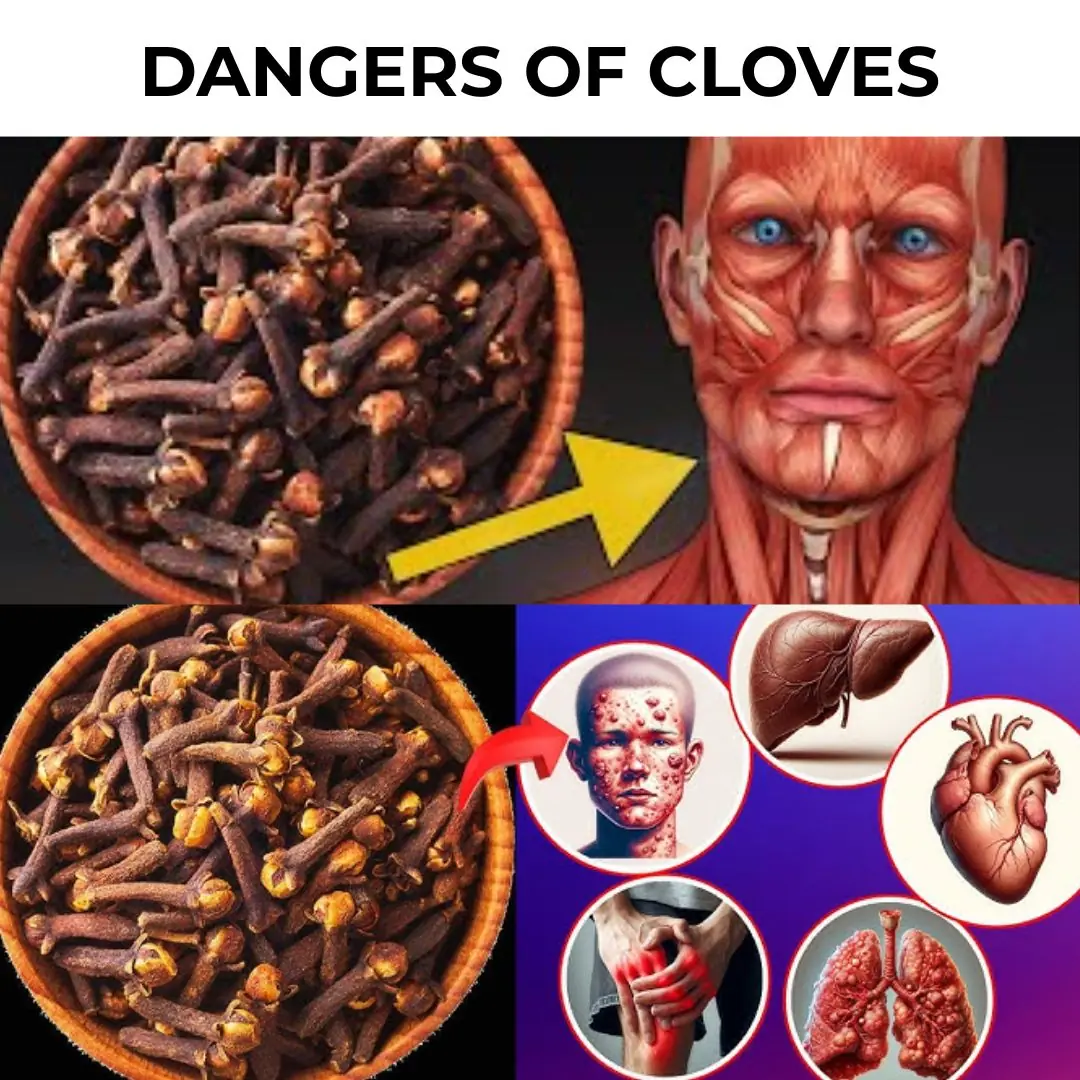
❗Avoid Cloves If You Have These Health Issues – What Doctors Rarely Warn You About

6 Coffee Eye Masks to Get Rid of Dark Circles | Under Eye Wrinkles | Eye bags & Puffy Eyes

What Happens To Your Blood Pressure When You Eat Bananas
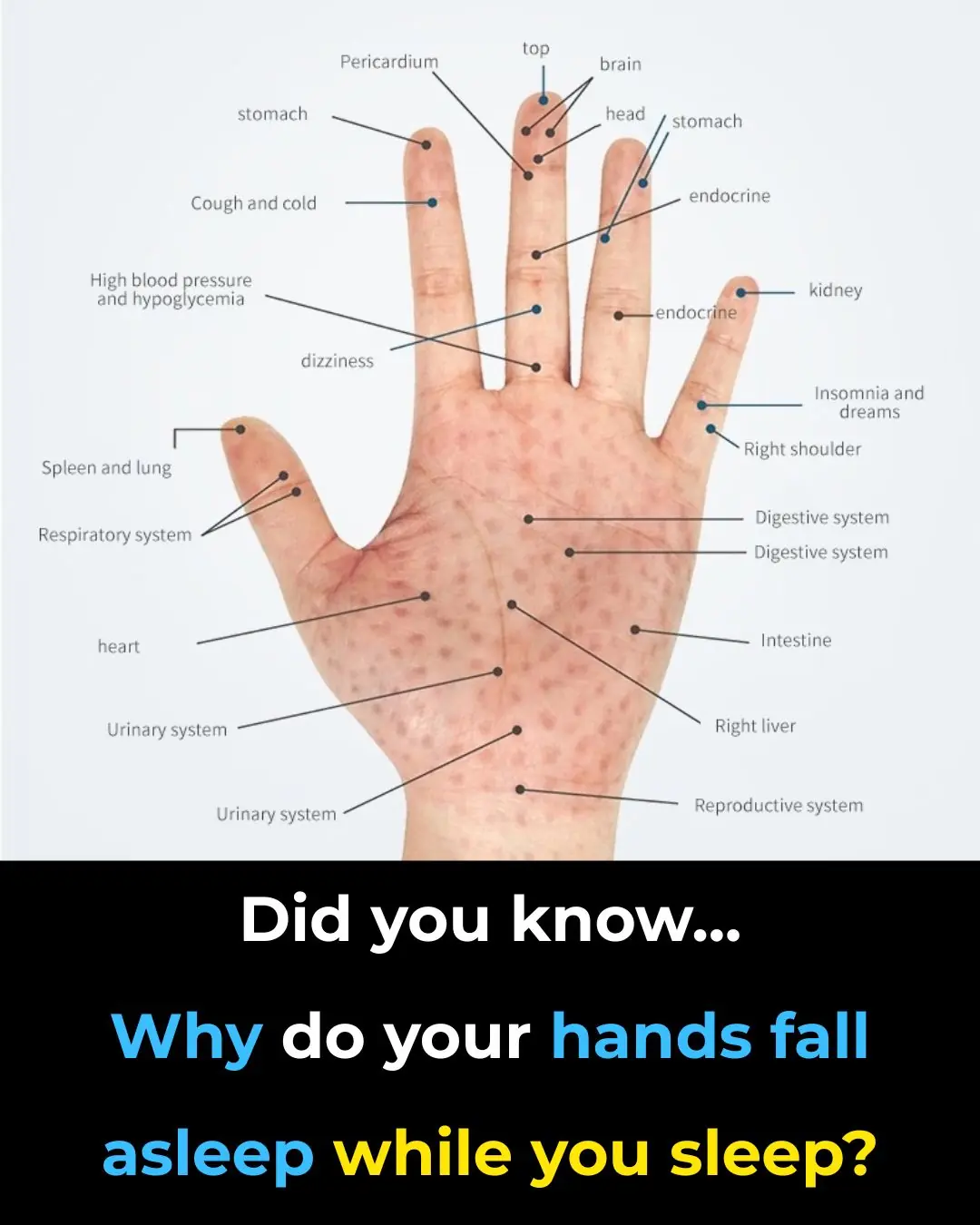
Why Your Hands Go Numb While You Sleep

Reason For Spots On Hands

Easy Clove Growing: Seed to Spice

Clove Oil: Wrinkle Free Flawless Skin At Any Age
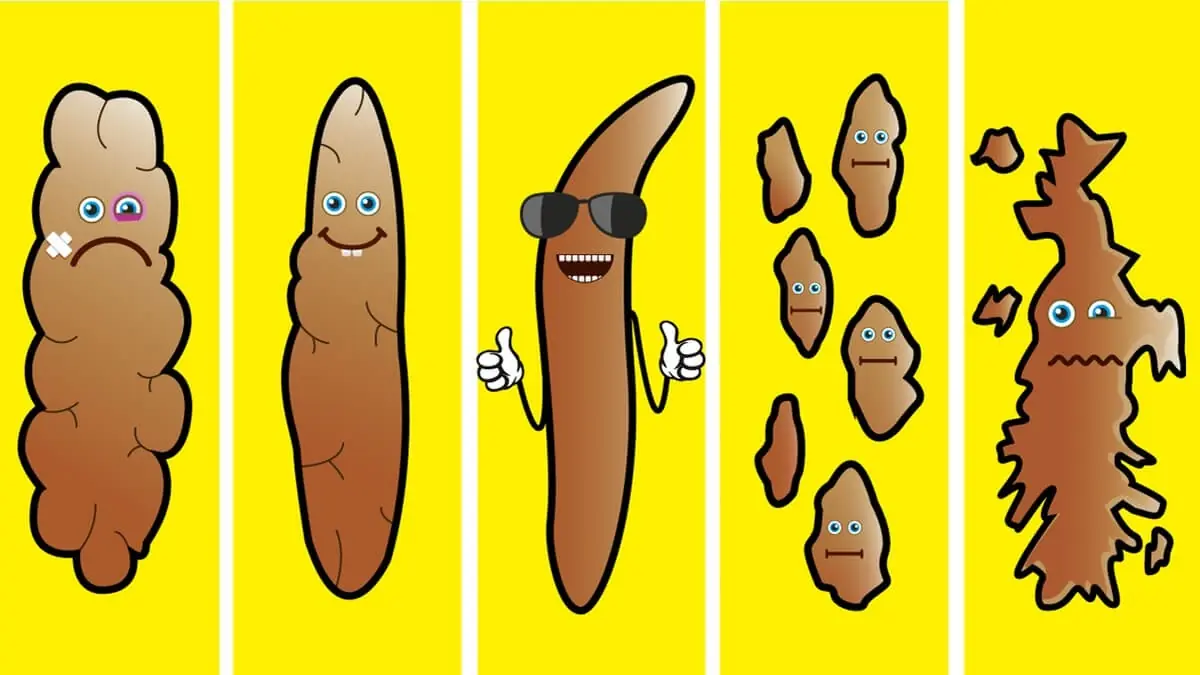
Here Is What Your Poop Says About Your Health

Secrets of Companion.Tomatoes Hate Cucumbers.Planting Combinations.

Reverse Hair Greying – Turn White Hair to Black
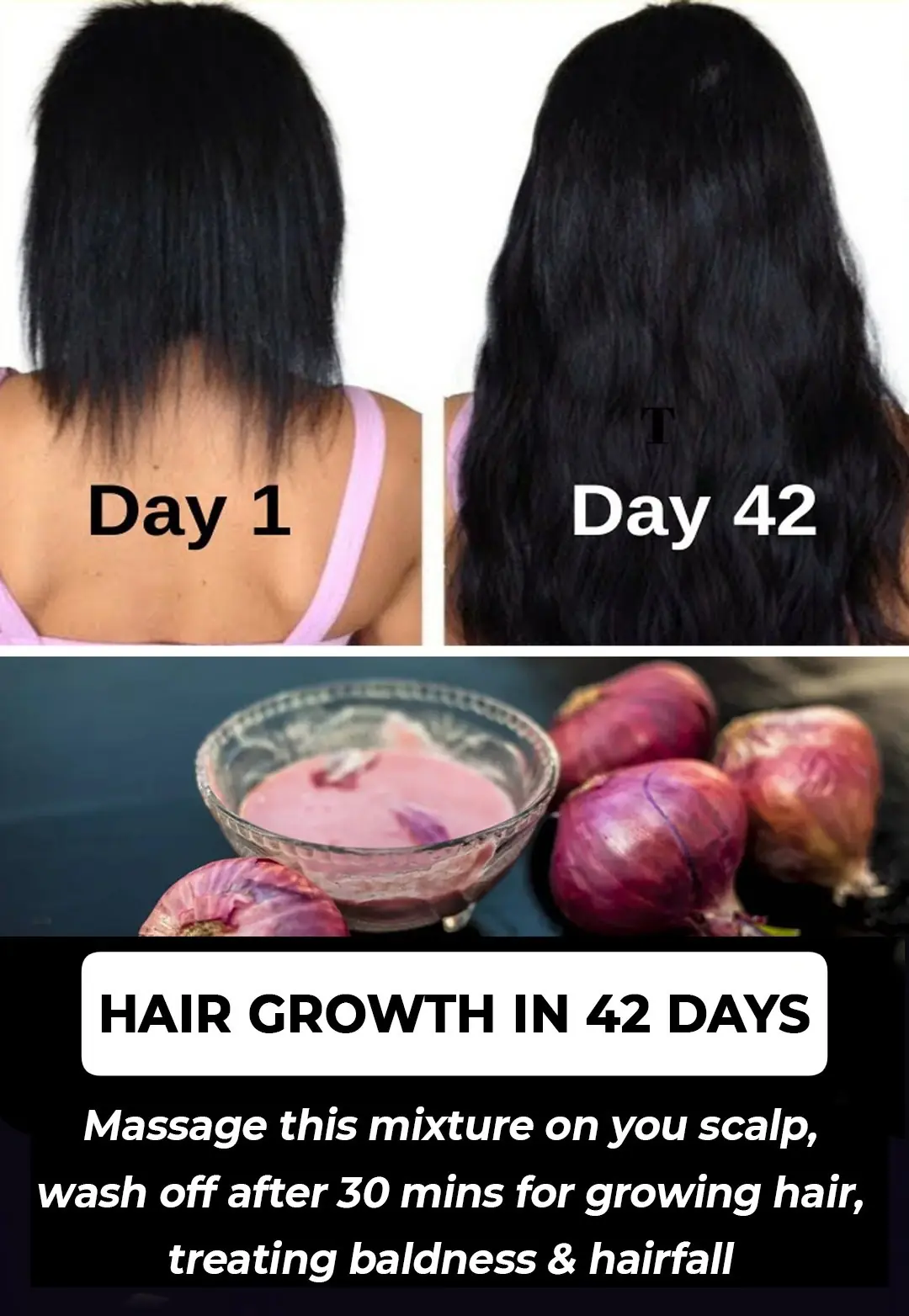
Secret Benefits of Onion Juice for Hair You Didn't Know

European Apple users left 'speechless' at price increases for iPhone 17

Tesla engineer quits company after 8 years with scathing message for Elon Musk on way out
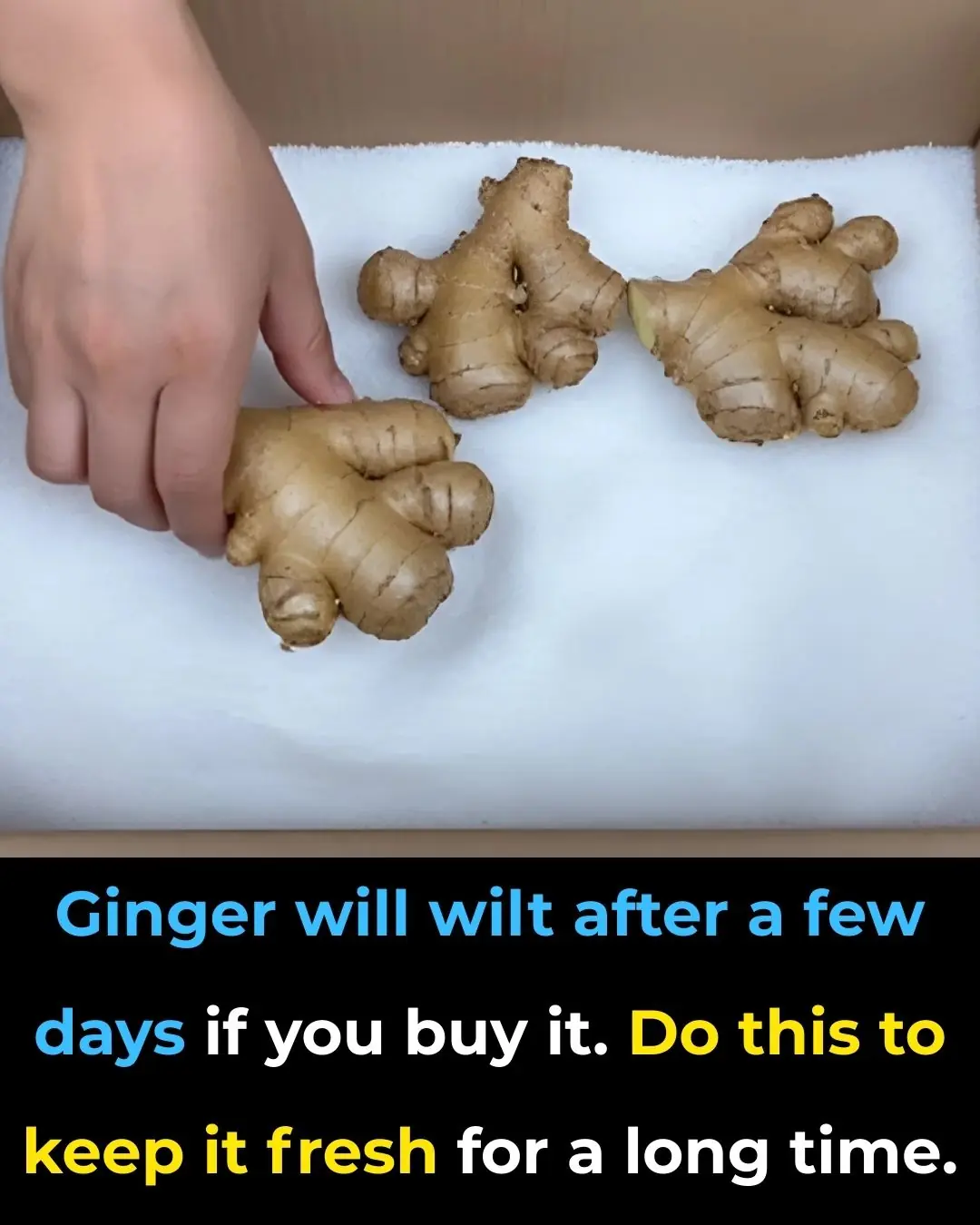
Effective Methods to Keep Ginger Fresh for Extended Periods
